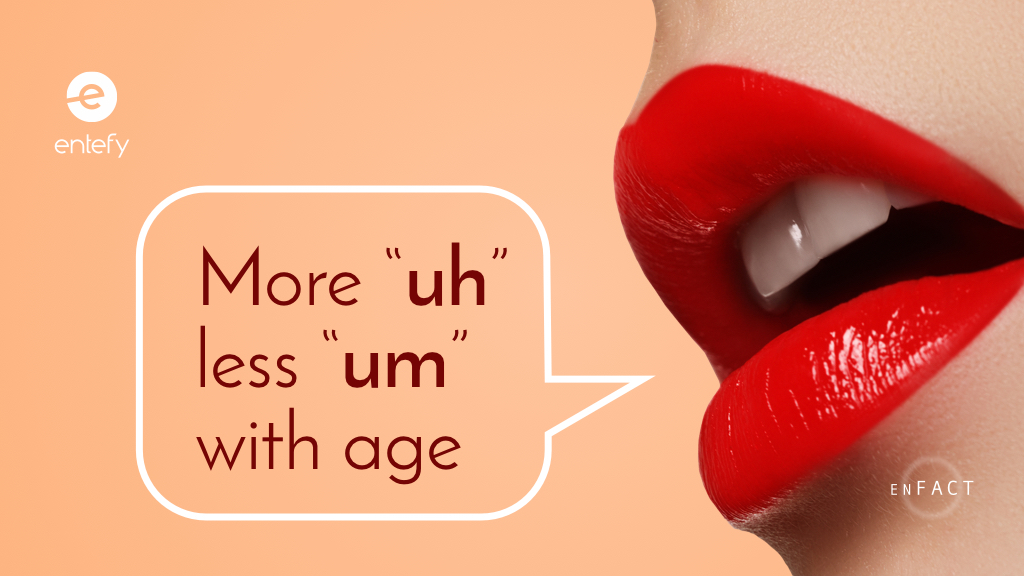“So, um, let’s get started.”
We all do it. You’re talking away and for a brief moment, a fact eludes you. Or you lose track of exactly what to say next. Or you’re nervous and just plain blank out for a moment. To buy yourself a little time, you throw out an “uh” or “um” or “like” or “sooooo.” There is a long list of verbal fillers like this. In fact, linguists study so-called “disfluency” and have found that as many as 6% of the words we use may be fillers that serve more as punctuation than to express meaning.
In fact, the study of these fillers is quite advanced. Wikipedia maintains a list of fillers in different languages that includes hundreds of examples. One academic study of 14,000 conversations in English found that men are more likely to use “uh” while women use “um.” That usage changes over time, so regardless of your sex you can look forward to saying more “uh” and less “um” as you get older.
There are some basic tips for stopping the overuse of verbal fillers like “like”: relax, take a deep breath, don’t let your thoughts race too far ahead of your brain, and substitute silence for, uh, verbal fillers.Entefy’s enFacts are illuminating nuggets of information about the intersection of communications, artificial intelligence, security and cyber privacy, and the Internet of Things. Have an idea for an enFact? We would love to hear from you.
